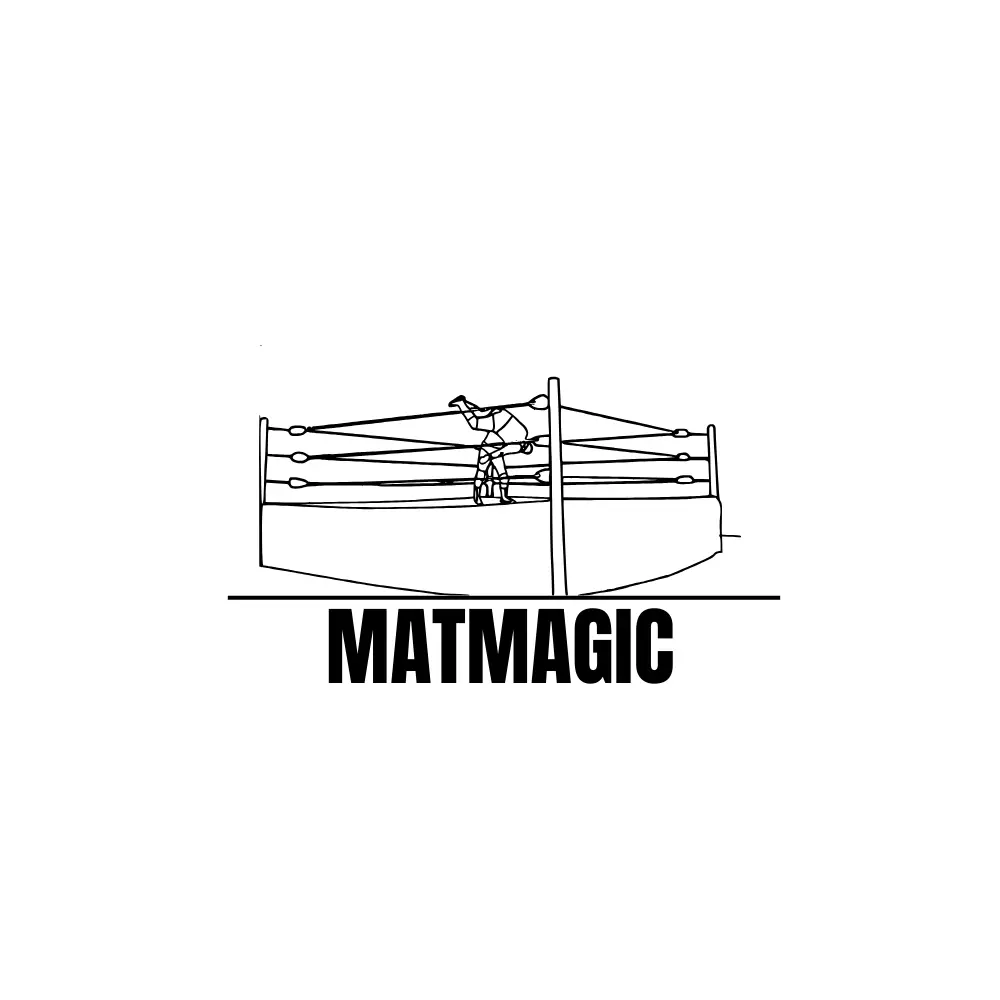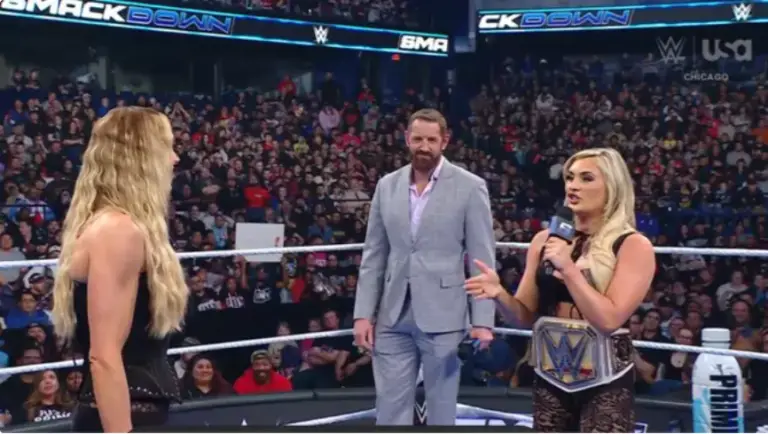Did you know WWE stars endure grueling routines to maintain their physical condition and prepare for high-impact performances?
Agility, flexibility, endurance, and mental resilience – they get a true 360°training.
Here’s a detailed breakdown of what it really takes to train like a WWE Superstar…
1. Strength Training for Explosive Power
Strength forms the foundation of a WWE Superstar’s training.
Wrestlers focus on building explosive power to execute lifts, grapples, and slams. Training includes compound movements like deadlifts, bench presses, and squats. Wrestlers incorporate variations to target specific muscle groups, ensuring balanced development.
Explosive power enables wrestlers to perform their moves with precision and control. Compound lifts build functional strength essential for the ring.
2. High-Intensity Interval Training (HIIT) for Endurance
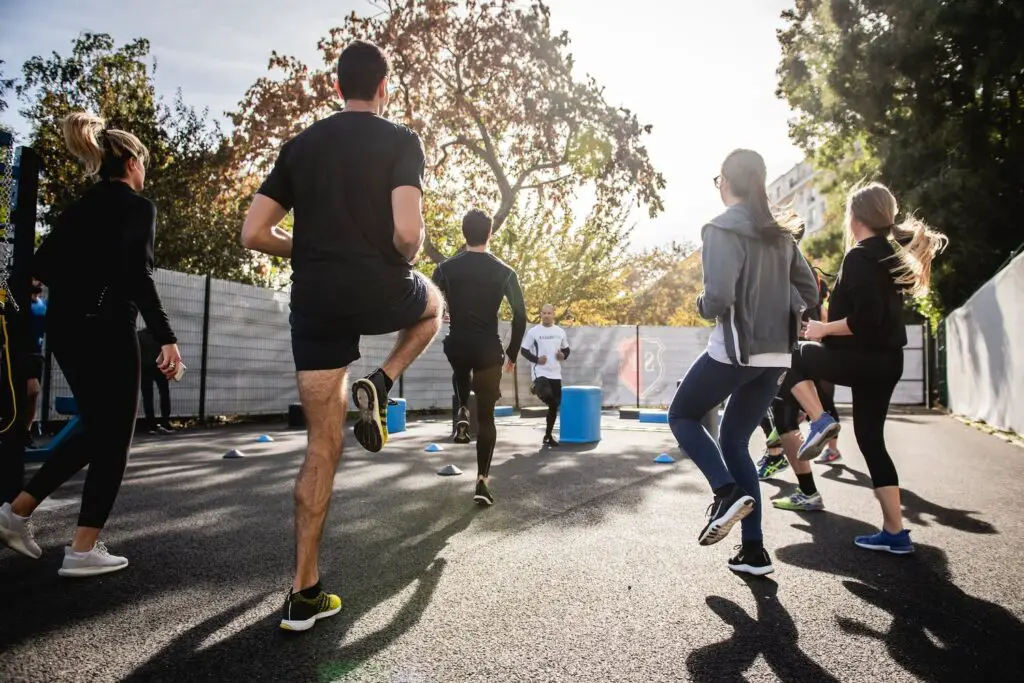
Endurance is critical for sustaining energy during matches. Wrestlers often engage in high-intensity interval training (HIIT) sessions. This involves short bursts of intense activity, such as sprinting or battle ropes, followed by brief rest periods. These sessions mimic the physical demands of wrestling.
HIIT improves cardiovascular health and builds stamina. It also helps wrestlers recover quickly between bursts of intense action during matches.
3. Functional Training for Ring-Specific Movements
Functional training prepares WWE Superstars for the dynamic movements required in the ring. This includes exercises that enhance balance, agility, and coordination.
Wrestlers use tools like resistance bands, kettlebells, and stability balls to replicate wrestling scenarios.
Functional exercises strengthen stabilizer muscles and help reduce the risk of injuries. They also improve mobility and reaction time.
4. Flexibility Training for Injury Prevention
Flexibility is essential for executing wrestling maneuvers safely.
Wrestlers dedicate time to stretching routines and yoga to improve their range of motion. These practices keep muscles pliable and joints healthy, minimizing strain during high-impact moves.
Improved flexibility reduces injury risks and enhances performance. Wrestlers also recover faster when their muscles are less tight.
5. Bodyweight Conditioning for Core Strength
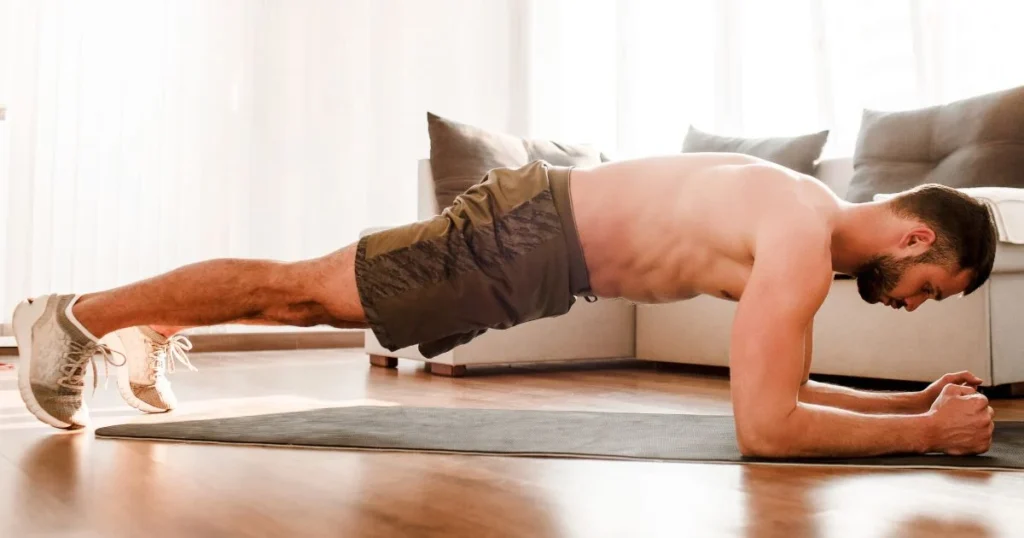
Bodyweight exercises (push-ups, pull-ups, and planks) play a significant role in training routines. Wrestlers emphasize core strength, as it supports stability during grapples and lifts. Core-focused exercises like hanging leg raises and Russian twists are staples.
Core strength is the foundation of wrestling.
A strong core ensures balance and control during complex maneuvers.
6. Agility Drills for Quick Reflexes
Agility is crucial for maneuvering in the ring.
Wrestlers practice ladder drills, cone runs, and plyometric jumps to enhance their reflexes. These exercises mimic the unpredictable movements required during matches. Quick reflexes allow wrestlers to execute moves efficiently and avoid potential mishaps.
Agility drills also improve footwork, an essential skill in wrestling.
7. Grip Strength Training for Holds
Grip strength is often overlooked but is essential for maintaining holds and grapples.
Wrestlers train their grip using exercises like farmer’s walks, plate pinches, and hand grippers. This strength is crucial for controlling opponents effectively.
Strong grip strength ensures secure holds during matches. It also enhances performance in weightlifting exercises.
8. Cardio for Sustained Energy
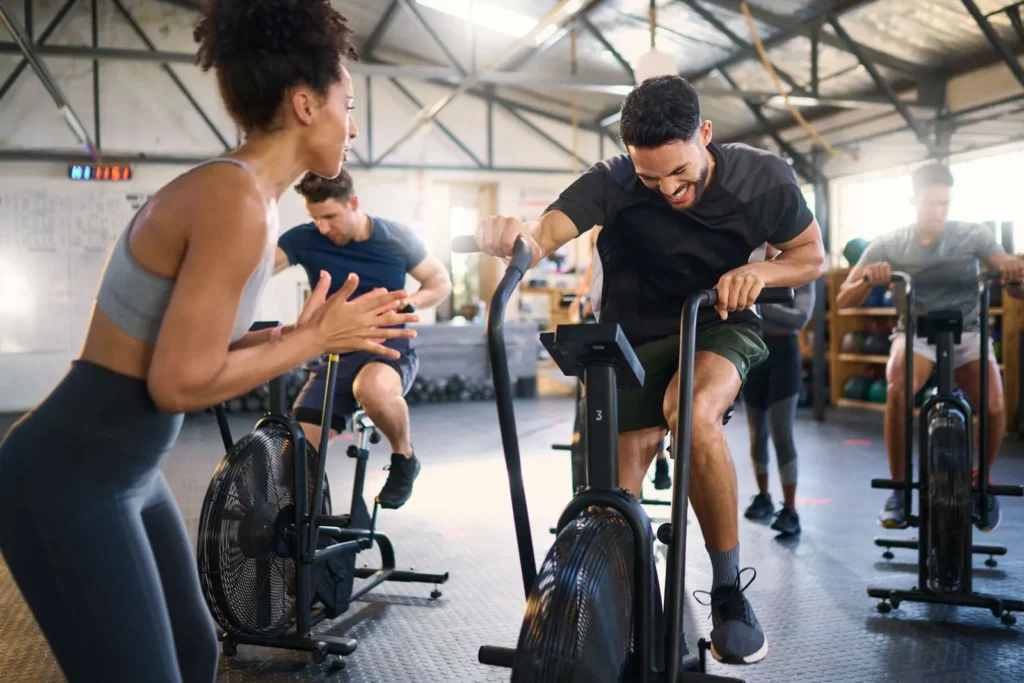
Long matches require sustained energy, making cardiovascular fitness a priority. Wrestlers incorporate steady-state cardio, such as jogging or cycling, into their routines. These sessions complement the explosive nature of HIIT, ensuring well-rounded endurance.
Cardiovascular fitness allows wrestlers to maintain energy levels throughout matches. It also supports recovery during training.
9. Recovery Techniques for Longevity
Recovery is as important as training itself. Wrestlers use techniques like foam rolling, massage therapy, and cryotherapy to reduce soreness and prevent overtraining.
Adequate sleep and hydration also play significant roles in recovery.
Recovery ensures muscles heal properly, preventing injuries. Consistent recovery routines allow wrestlers to train intensively without setbacks.
10. Mental Conditioning for Focus
Mental toughness is critical for WWE Superstars, who face intense physical and psychological challenges.
Wrestlers practice visualization techniques, mindfulness, and controlled breathing to stay focused and composed. Mental conditioning helps them handle high-pressure scenarios with confidence.
Strong mental focus enhances performance in the ring. It also helps wrestlers recover from setbacks and stay motivated.
11. Nutrition: Fueling the Machine
Wrestlers follow strict diets tailored to their individual goals. Their meals include lean proteins, complex carbohydrates, and healthy fats.
- Protein: Essential for muscle repair and growth. Wrestlers consume chicken, fish, eggs, and protein shakes.
- Carbohydrates: Provide energy for intense training. Brown rice, sweet potatoes, and oats are common choices.
- Fats: Support overall health and hormone function. Avocado, nuts, and olive oil are popular options.
- Hydration: Wrestlers drink plenty of water and electrolyte-rich beverages to prevent dehydration.
12. Managing Schedules and Travel
WWE Superstars face unique challenges due to constant travel. They must adapt their training and nutrition routines to fit hectic schedules. Portable equipment, meal prep, and adaptable workout plans help wrestlers maintain consistency.
Consistency ensures wrestlers remain in top shape despite demanding schedules.
13. Balancing Strength and Aesthetics
WWE Superstars require a balance between functional strength and aesthetics. While raw power is vital, maintaining a visually impressive physique is equally important. Wrestlers achieve this through hypertrophy training, which focuses on muscle growth and conditioning workouts.
A balanced physique improves performance and enhances a wrestler’s presence in the ring. This combination defines the iconic WWE look.
14. Wrestling-Specific Training
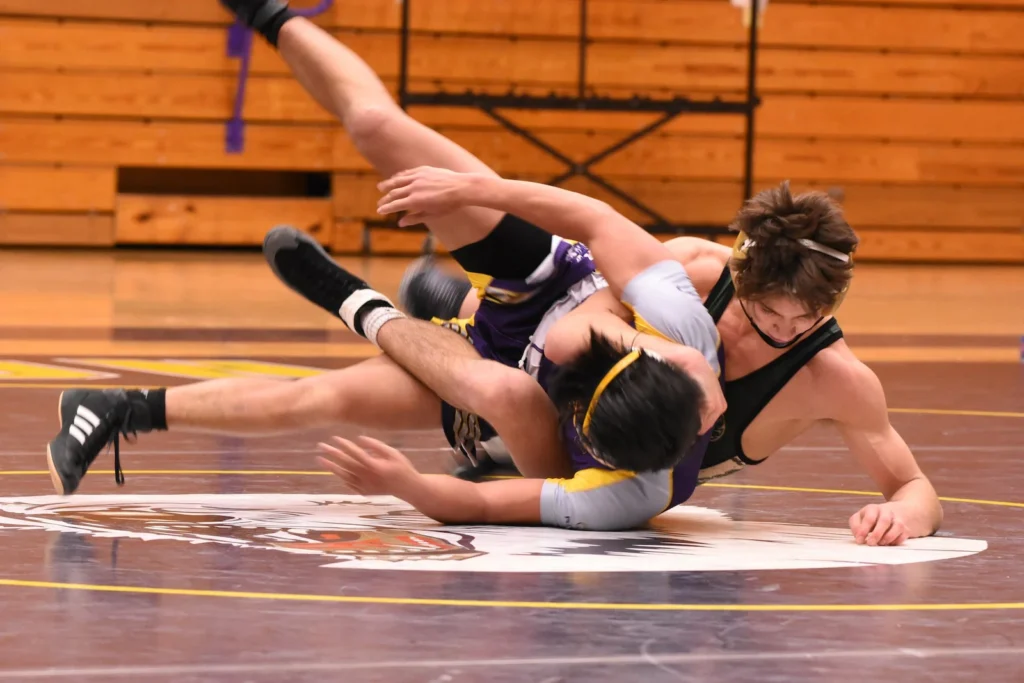
In addition to general fitness, wrestlers engage in wrestling-specific drills. These include practicing suplexes, strikes, and counters. Training sessions also simulate match scenarios, helping wrestlers perfect their timing and technique.
Specialized drills prepare wrestlers for the unique demands of matches. They build confidence and muscle memory.
What Fans Can Learn from WWE Training
Many aspects of WWE training can benefit fitness enthusiasts:
- Incorporate Strength and Cardio: Combine weightlifting with cardio for balanced fitness.
- Prioritize Recovery: Use foam rolling and stretching to prevent soreness.
- Focus on Nutrition: Plan meals to align with fitness goals.
- Build Mental Resilience: Practice mindfulness to stay motivated and focused.
The Commitment Behind the Glamour
Training like a WWE Superstar requires more than just physical effort.
In fact – these athletes dedicate their lives to achieving peak performance. They balance rigorous workouts with disciplined nutrition and recovery. Literally, WWE Superstars embody athleticism, blending power, agility, and mental toughness.
Their training routines go beyond traditional fitness – they incorporate unique strategies tailored to the ring’s demands. Whether you’re an aspiring wrestler or a fitness enthusiast, refer to their dedication – you’ll surely learn perseverance and discipline!
